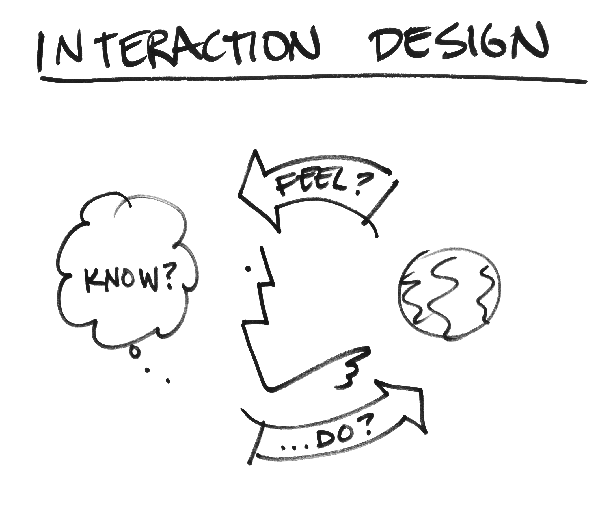To further explain how and why we should make design more sustainable, I must delve deeper into the concepts of interaction design and the established design principles. Interaction design is an umbrella that includes components that vary from design to engineering, to Human-Computer Interaction. One definition I like is “designing interactive products to support the way people communicate and interact in their everyday and working lives.” (Preece 9).
I find that the core principles of design are most lacking in sustainability. Like I stated in the first post, there are five core principles of design: visibility, feedback, constraints, consistency, and affordance. The more visible a function is, the more likely the user will know what to do next. Along with this goes consistency, which refers to designing interfaces that are similar in mechanism. Consequently, feedback involves relaying information back to the user to allow them to know what they have accomplished, so that they can proceed. Constraining the user means limiting the kinds of actions they can take at a given moment, oftentimes to prevent them from making a mistake. Lastly, there are affordances, which are “clues” or aspects of an object that let people know how to use it. (Preece 29).
While I wouldn’t disagree that all of these design principles are vital, I believe that they must shift to react to the need for sustainability. I propose a sixth design principle for the modern era: renewability. In addition to ensuring that the user can navigate and know what they are doing when using a product, we should ensure that in doing so the product isn’t wasting resources, its components are salvageable and that it can be reused.
An example of sustainable, renewable design is the Garmin GPS. It not only is interactively designed to allow users to easily obtain directions, but it breathes life back into old cars. Installing a GPS in an older car can save the driver money by creating more efficient routes and offsetting the cost of poorer fuel mileage. (Blevis 510). Designers must more seriously consider the second life of objects, as increasingly more technology is being integrated into our lives through the smartphone and IoT boom.
Works Cited
Blevis, Eli. "Sustainable Interaction Design: Invention & Disposal, Renewal & Reuse." Proceedings of the SIGCHI Conference on Human Factors in Computing Systems - CHI '07 (2007): n. pag. Web. 12 Oct. 2016.
Preece, Jenny, Yvonne Rogers, and Helen Sharp. "Chapter 1: What Is Interaction Design?" Interaction Design: Beyond Human-computer Interaction. New York, NY: J. Wiley & Sons, 2002. N. pag. Print.

No comments:
Post a Comment